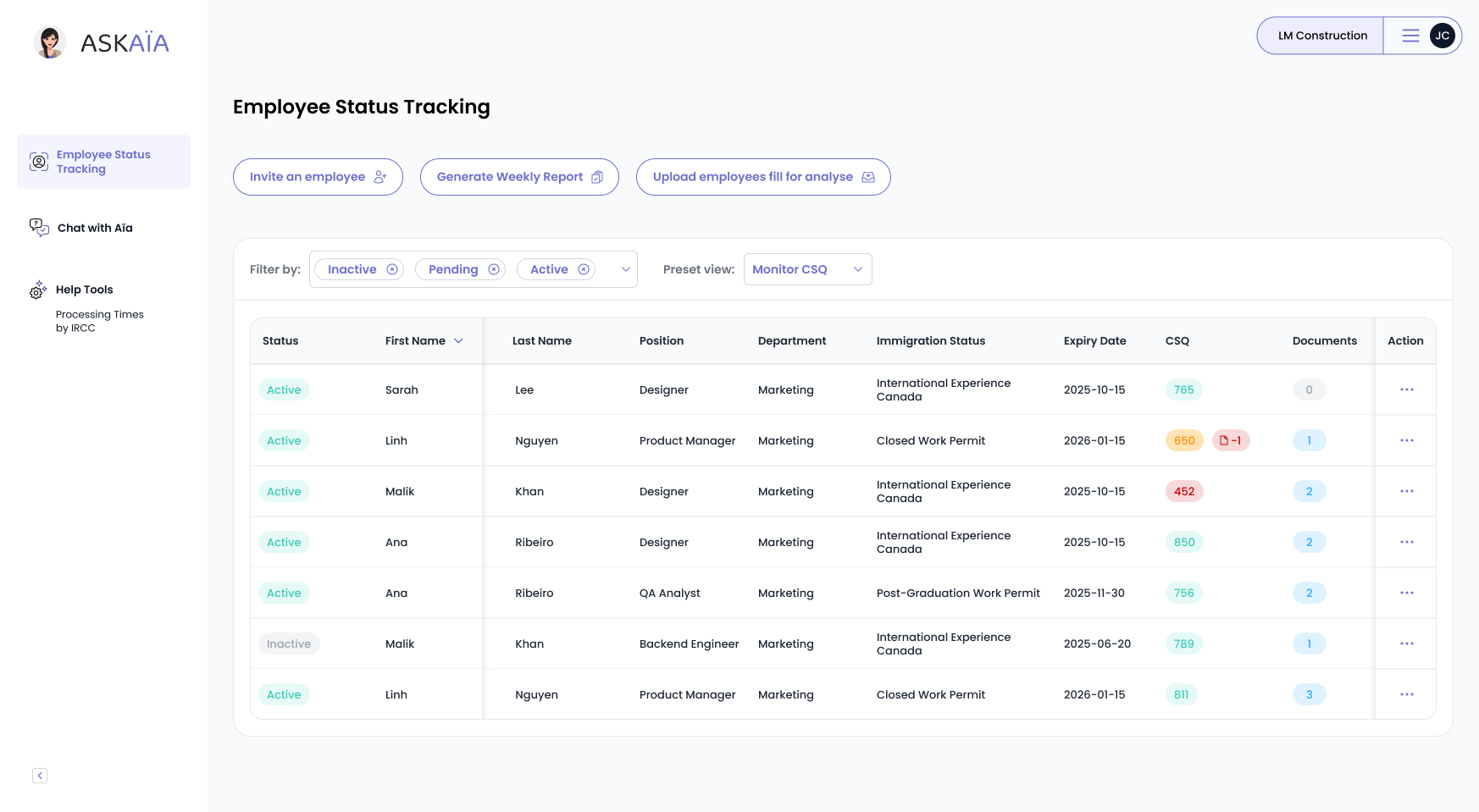Canada Updates PGWP: 119 New Programs Added, 178 Removed in 2025

Canada has announced substantial changes to the Post-Graduation Work Permit (PGWP) program that could reshape the future of thousands of international students.
In this article, we explain what these changes mean, why they were introduced, and how they fit into a larger trend of targeted immigration policies. These measures impact many immigrants' plans and create new opportunities in priority fields.
What you will find in this article
Context: Why PGWP Eligibility Changed
On June 21, 2025, Immigration Minister Marc Miller confirmed Canada removed 178 study fields and added 119 in-demand programs. This shift aims to fill shortages in health care, STEM, trades, and child care. It reflects a broader trend of Canadian immigration policy prioritizing occupations with critical demand and adjusting work permit pathways every few years to respond to labour market analysis. Similar updates have occurred in recent years, with occupations lists and eligibility criteria changing to focus on economic contributions.
In addition, Canada is also tightening off-campus work hour limits and requiring higher proof of funds to prevent abuse of the student visa system, as reported by multiple news outlets.
Implications for Immigrants
Graduates of newly ineligible programs will lose access to PGWPs. Current students remain eligible if they enrolled before September 1, 2025. Switching programs may affect your visa, tuition fees, and study permit conditions. Consult your institution's advisor before making changes.
Additionally, losing PGWP eligibility may affect your ability to qualify for permanent residence through programs such as the Canadian Experience Class or Provincial Nominee Programs, as work experience obtained under a PGWP often counts towards these applications. Also, note that switching programs could require updating your study permit conditions, paying additional tuition fees, or extending your visa duration, so be sure to plan carefully and confirm all implications.
Impact on Programs and Policies
This change may have uneven effects across provinces. For example, Ontario and British Columbia host the majority of international students, so institutions there could see significant shifts in enrollment patterns and funding. Provinces with more priority sector jobs may benefit more from the new eligible programs.
PGWPs are now more targeted tools for addressing labour market needs. For reference, some of the added programs include nursing, early childhood education, and software engineering. Removed programs often related to business administration and general arts.
Recommended Solutions and Next Steps
Frequently Asked Questions
- What if I graduate after September 2025?
You will be assessed under the new rules and may not be eligible if your program is on the removed list. - Can I appeal a decision?
In most cases, PGWP eligibility decisions cannot be appealed, but you may reapply if you can provide new information.
Step-by-Step Checklist
- Check your program's eligibility on the official IRCC website.
- If ineligible, consult your institution about switching programs.
- Evaluate impacts on tuition and study permits.
- Request written confirmation of your enrollment date.
- Seek legal advice if needed.
Not sure which program is best? Take a free AskAïa assessment to plan your studies strategically.

Let’s get your demo started
Book a demo
You May Also Like
These Related Stories

Why More U.S. Residents Are Now Choosing to Immigrate to Canada
Tired of visa lotteries and long waits? You're not alone. More and more people—especially skilled, educated workers—are giving up on the U.S. system a …

Prepare for 2025–2026 LMIA Changes: Key Policies HR Must Act On Now
As Canada recalibrates its immigration priorities, HR departments face a crucial inflection point. In 2025–2026, stricter LMIA rules could delay hirin …

Get Permanent Residence: Canada’s New Francophone Community Pilot
At a Glance " \n New community PR pilot for French speakers launched July 2025 \n First 3 hubs open: NB, MB, BC — with quotas from 40–60 spots \n Clea …